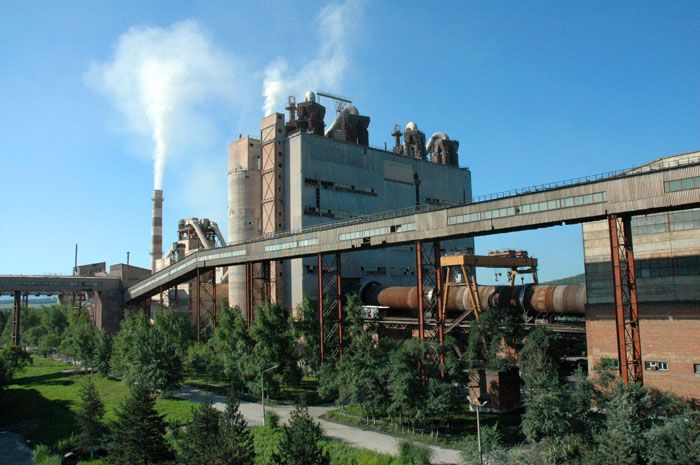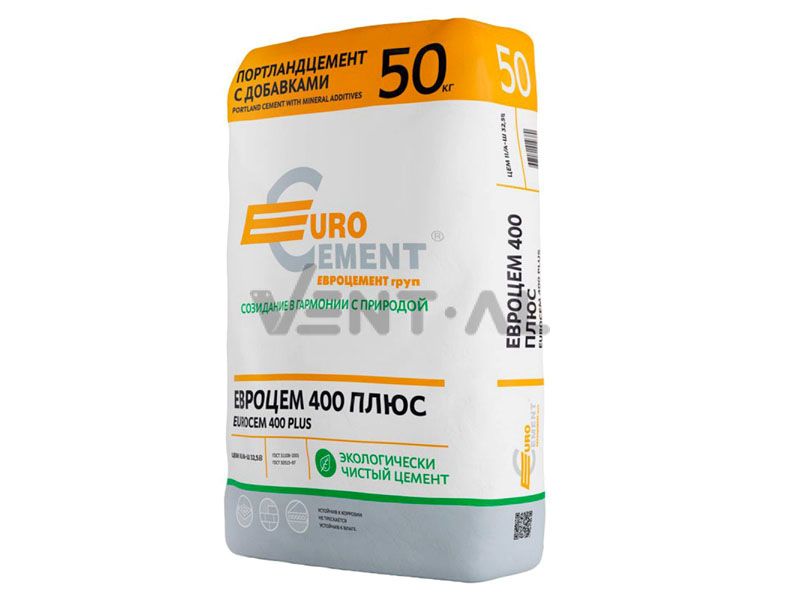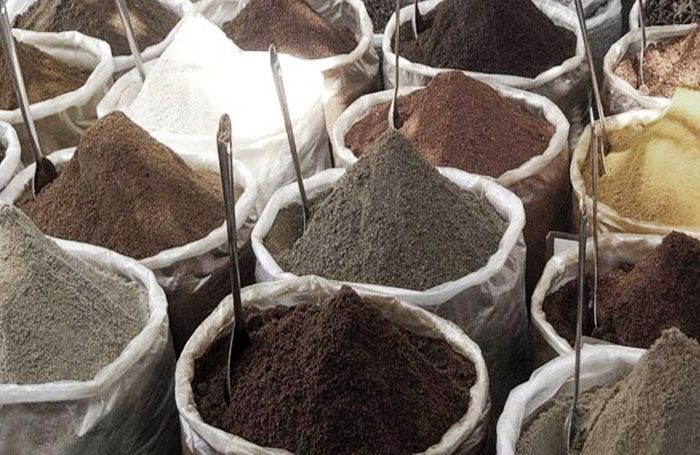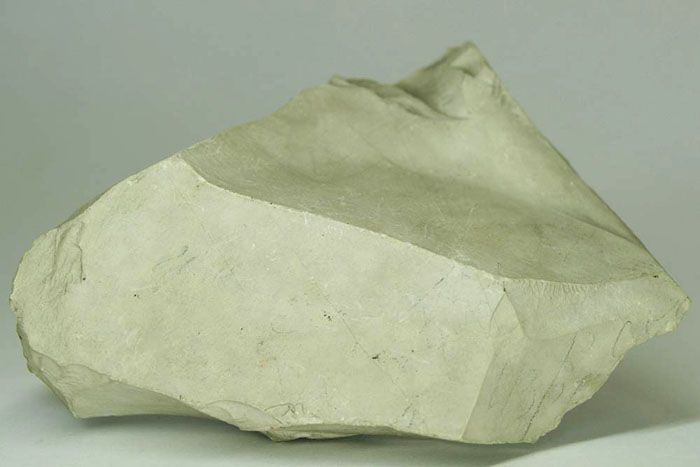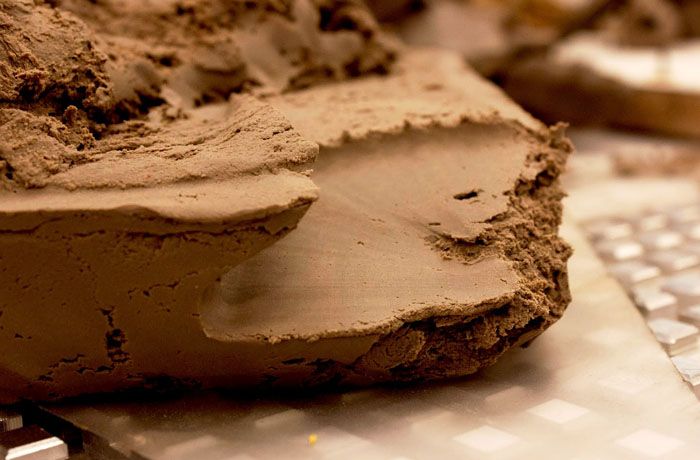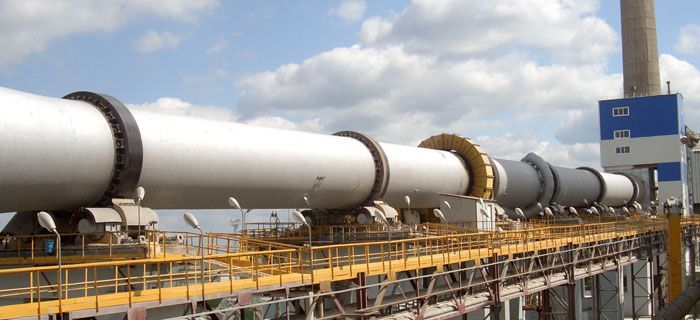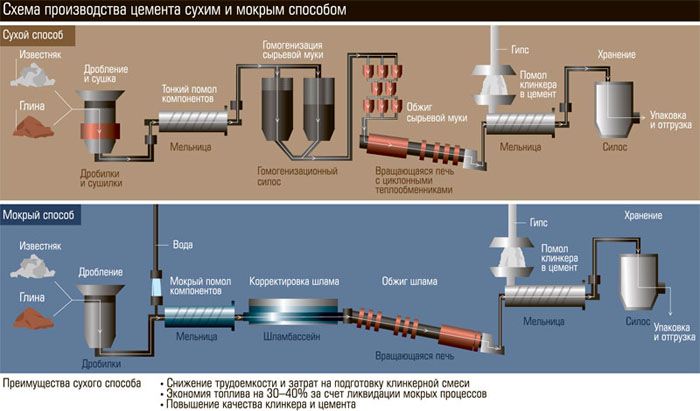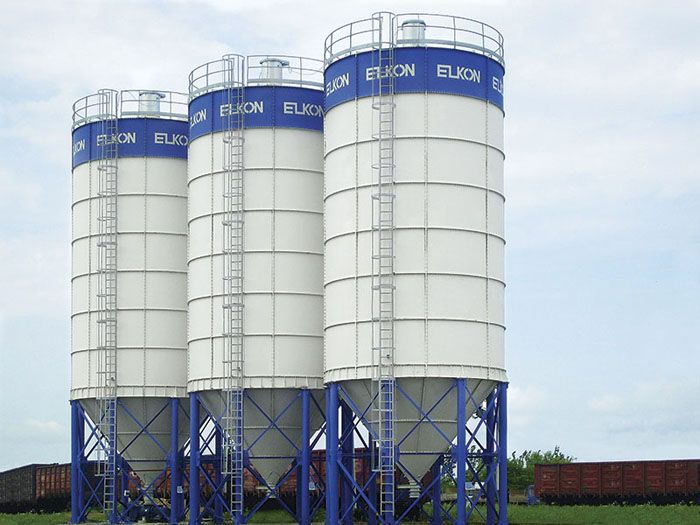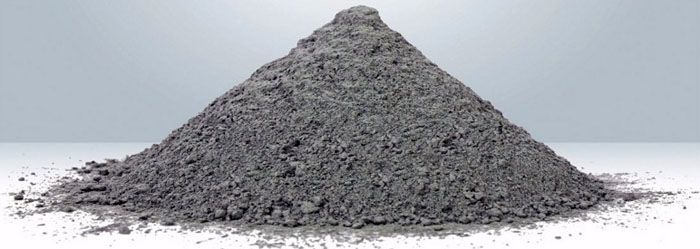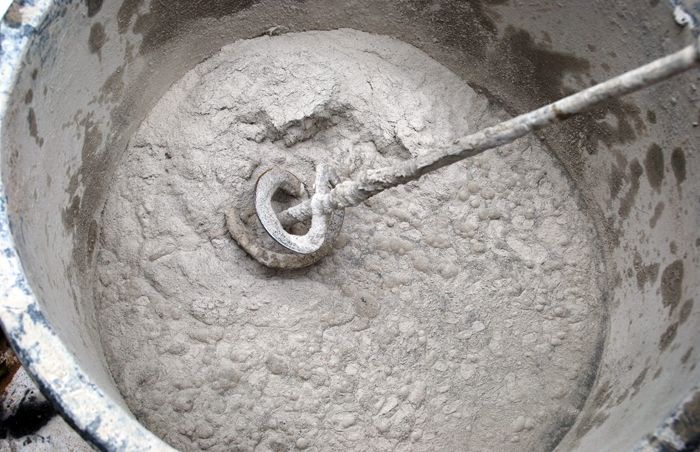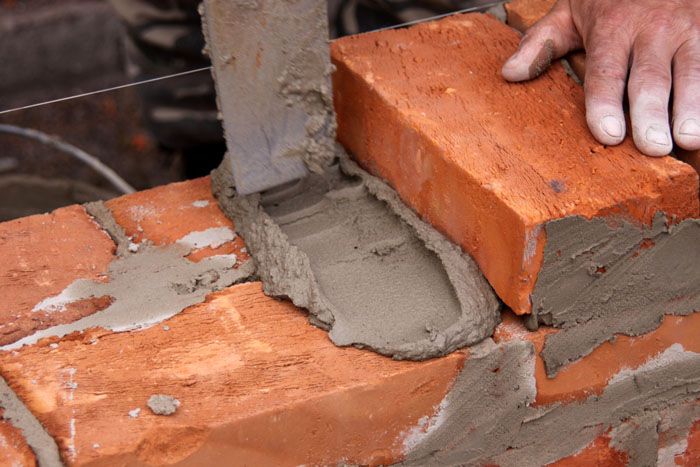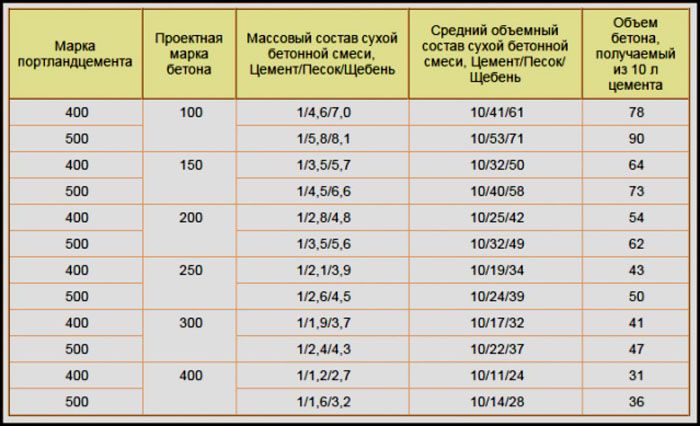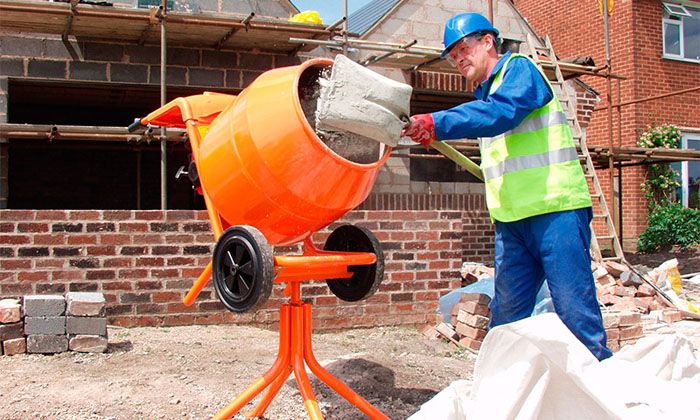The whole truth about the connecting link: how and from what cement is made
Cement is one of the most common building materials. It is used both as a component for preparing solutions and as an independent product. It is used as a binder that, when interacting with water, forms a plastic mass, and then, when dried, becomes a hard stone-like material. Let's talk about what cement is made of in production.
The content of the article
- 1 Chemical composition of cement
- 2 Production stages and regulatory documentation
- 3 Main product features
- 4 Product types by area of use
- 5 What is cement clinker
- 6 What cement is made of: the main raw material
- 7 How cement is made in production: three main methods
- 8 How to make cement at home
- 9 How to prepare grout
Chemical composition of cement
These products are used equally widely across the globe. Builders in ancient Rome already knew how to make solutions that had hydraulic properties. Today, world developments have stepped far forward. Humanity has learned to create a product that can harden not only in dry conditions in the air, but also in humid ones.
Today, countries such as China, the USA and India are considered leaders in production. Moreover, China produces several times more products than the other two leaders combined, the pace of construction in the Celestial Empire is also extremely high. Plants for the production of products are erected in close proximity to the points of extraction of raw materials so that the cost of delivery of components does not affect its cost.
So what is cement made of? Its composition may vary slightly depending on the type. For example, let's take the most popular type of cement - Portland cement, which is most in demand in construction. It includes:
- calcium oxide (CaO) - minimum 62%;
- silicon dioxide (SiO2) −minimum 20%;
- alumina (Al2O3) - at least 4%;
- iron oxide (Fe2O3) −minimum 2%;
- magnesium oxide (MgO) - minimum 1%.
In addition, additives are added to it.The chemical formula of cement has not been determined, as there are different types and brands of the product. For the producer and the consumer, the indicators of the mineralogical composition provide much more important information.
Production stages and regulatory documentation
It's time to find out how cement is made. It should be noted that this production belongs to the category of complex. Technically, it is a process of mixing clinker and gypsum.
The manufacturing process can be divided into two main stages:
- obtaining clinker;
- grinding the main substance and introducing additives.
Cement is obtained in one of the following ways:
- dry;
- wet;
- by combining both.
The choice of technology directly depends on the quality of raw materials. At all stages of production, the laboratory determines the characteristics of future products, in accordance with established standards. Russia has a GOST system. Each type of cement has its own technical conditions, which it must meet. Most of the standards have been adopted since the days of the Soviet Union. Most often used:
- GOST 969-91 (technical conditions for alumina and high-alumina products);
- GOST 10178-85 (specifications for Portland cement);
- GOST 30515-97 (general specifications);
- GOST 22266-94 (technical conditions for sulfate-resistant products).
Main product features
Specifications are determined according to the product brand. It is indicated on the packaging in the form of numbers with the letter "M" in front. In fact, the number means compressive strength and is a conditional value.
Let's discuss the main characteristics of the product.
| Characteristic | Description |
|---|---|
| Strength | It is this number that appears in the brand of cement. The test sample is compressed for 28 days, after which the calculation data is recorded in the documentation. Strength is measured in MPa. |
| Dependence of cement on water | The density of the product itself exceeds that of water, which is why different brands absorb different amounts of liquid. It is very important in the production of cement mortars, how much water is required for a certain part of the product. Its excess will make the top layer of the cement structure fragile. |
| Fraction of finished products | The finer the grinding of the cement particles, the more expensive it will be. In production, the fineness of grinding is determined by sifting particles through fine sieves, this characteristic is indicated on the package. However, it should be borne in mind when working that too small particles (40 microns) will require more water when creating a solution. Many manufacturers mix coarse and fine fractions to create the perfect product. |
| Low temperature resistance | The weather conditions in some countries are quite harsh. The requirements for resistance to repeated freezing and thawing are imposed on cement. If the building structure consists only of cement and does not have additives, after freezing, the water inside increases in volume, which gradually leads to cracking. |
| Corrosion resistant | The environment adversely affects cement construction. To ensure its resistance to corrosion, polymer additives are added to the composition or the mineralogical composition is corrected by replacing some components with hydroactive ones. |
| Solidification rate | This indicator is also important. Manufacturers take it into account so that the speed is not fast or slow. The indicator is adjusted by adding gypsum. |
Product types by area of use
Before we get to the question of how to make a cement standard, let's talk about the types that are produced and used everywhere today.
| Name of cement | Description | Scope of use |
|---|---|---|
| Sulfate resistant | Resistant to the chemical attack of aggressive media, made of crushed clinker, has a low degree of hardening. | Concreting of underground, underwater structures, massifs, when creating products that will be used in difficult weather conditions. |
| Portland cement (including white) | Does not contain mineral additives, solidifies both in air and in water. | For creating monolithic structures, decoration, it is considered the most popular type of product. |
| Alumina | The composition includes alumina slag and gypsum, works well in high humidity conditions, has a high solidification rate. | For the creation of watertight structures requiring corrosion resistant cement. |
| Pozzolanic | Contains clinker and active mineral additives. | Used to create structures underwater and in the Far North. |
| Plasticized | Contains additives that make the cement slurry soft and pliable. | To create curved structures. |
| Acid resistant | Contains sodium fluorosilicate and quartz sand, dissolves with liquid quartz glass, not water. | Resistant to aggressive acids. |
| Slag Portland cement | A quarter consists of slag granules. | It is used to create massive structures in large construction. |
Many people mistakenly believe that bThe concrete structure itself is quite durable. This is not true. When exposed to aggressive media, cement bonds are destroyed, therefore in construction it is very important to correctly selecttype and brand of products.
Important! In the overwhelming majority of cases, cement is understood to mean Portland cements and other types made on the basis of clinker.
Whatcementclinker
Before describing the technological process in detail, let us touch on the main component of cement - clinker. This granular intermediate product is obtained by firing a mixture of clay and limestone in a kiln at a temperature of + 1450 ° C. Limestone requires 3/4, and clay - 1/4. They can be replaced with materials of similar quality. Limestone is chalk, marl or other rocks.
In the process of firing, melting occurs, as a result of which granules of different sizes are formed - clinker. When it is ground and combined with additives, mainly gypsum, cement is obtained.
What cement is made of: the main raw material
The basis of any type of modern product is a minimum of components. They are all created by nature. At the heart of cement:
- carbonate rocks;
- clay;
- corrective additives.
Let's talk about each of them in more detail.
Carbonate rocks are chalk, marl, limestone and shell limestone, calcareous tuff, and marble. All of them are used in the production of cement, the only exception is marble. The exact amount of a component is determined by analyzing its properties and content. The rock may contain gypsum, quartz, dolomite. The more substances with a crystalline structure are present in its composition, the harder it melts.
The clayey rocks used in the production of cement are clay, loam, loess, montmorillonite, shale. Clay is a rock of sedimentary origin with a fine structure. Its main quality is plasticity in contact with water. It also tends to swell.
To adjust the composition, manufacturers add additives containing silicon, iron, alumina. Waste from other industries is most often ordered for them, for example, dust from blast furnaces or pyrite cinders.
Additionally, the composition of cement may include mineralizers, belite sludge, and other waste from industries.
How cement is made in production: three main methods
As we said earlier, there are several ways to make cement in an industrial setting. Three main methods:
- dry;
- wet;
- combined.
Dry method
Depending on the properties of the feedstock, a production scheme is selected. The dry method is divided into the following stages:
- crushing of raw materials;
- drying to a certain humidity;
- grinding the components after combining them to obtain flour;
- roasting flour in a rotary kiln;
- cooling and sending to the warehouse.
This production method is considered to be the most profitable and less energy consuming.
Wet way
This method involves grinding the components and adding water to them. The result is not flour, but raw sludge. It goes into the kiln for roasting, and then into the refrigerator. The cooled clinker is ground and, if necessary, additives are added.
Combined method
In this case, first, raw sludge is obtained by the wet method, then it is dewatered, and granules are obtained. They go through the oven used in dry production. As a rule, the expediency of this method is based on the quality of the feedstock and the reduction in the cost of the final product.
Any of the methods requires the most thorough mixing of raw materials and the finest grinding. The product should be smooth. Finished products are stored in cement silos, which are towers. In them, the cement is aerated, which prevents it from caking. Products are packed in paper bags or not packed, but sent in bulk.
How and from what cement is made: video
We offer you to watch a video about the stages of cement production:
How to make cement at home
You can make your own cement. However, this will require two types of equipment:
- a mill for grinding clinker;
- high temperature kiln.
The output will be cement grades with a low degree of strength (not higher than M200), as a result, such a product can be used only for lightweight concrete structures. Another problem: it will be difficult to perform analyzes, so the quality of the cement will be lame.
You will need 75% and 25% chalk and kaolin, respectively. The raw material is crushed in a mill to a homogeneous powder. It must mix well before entering the oven. After firing, grinding is performed again, then it is necessary to add 5% gypsum to the resulting mixture. The product is ready! Whether you bought the product or made it yourself, you will need information on how to make the grout.
How to prepare grout
To start construction work, you will need to prepare a cement mortar. Every man should know how the mixture is made. Cement-based mortars are of different types, but they all have the same basic composition.
The composition of the cement mortar
Three components are required for the preparation of a cement mixture:
- ligament cement;
- water;
- filler.
Sand, gravel, crushed stone and other components are used as filler. The most important rule when receiving is the observance of proportions.
Cement slurry proportions
The proportions are calculated depending on the type of work and the type of cement. For example, a mortar of cement and sand is used to floor screed.

To make a mortar for brickwork, you will need to follow the proportions of cement and sand according to the table:
| Cement grade | Solution grade | |||
|---|---|---|---|---|
| 100 | 75 | 50 | 25 | |
| 200 | - | 1:2,5 | 1:3 | 1:6 |
| 300 | 1:2,5 | 1:3 | 1:4,5 | - |
| 400 | 1:3 | 1:4 | 1:6 | - |
| 500 | 1:4 | 1:5 | - | - |
| 600 | 1:4,5 | 1:6 | - | - |
Related article:
Table of the proportion of concrete per 1m3. How to prepare high quality concrete mixes for various purposes. Read more in a separate publication on our portal.
Saving on cement will lead to a decrease in the grade of the finished mortar. To prepare a three-component solution from sand, crushed stone and cement, products of the M400 and M500 brands are used.
How to dilute cement correctly
To prepare the correct technological solution, carefully read the instructions. For each type of work, a certain brand of solution is used:
- for plastering walls - M50 or M100;
- for brickwork - M50 or M100;
- for floor screed - M100 or M200;
- to build the foundations and foundations - M200 or M300.
The solutions are prepared either in a special pallet or in a concrete mixer. The latter will help to get a homogeneous mixture with a minimum of effort.
To prepare the mixture, sand (preferably clean) is combined in the required proportion with cement and thoroughly mixed. Add water. It is advisable if it is sedimentary water, not tap water. Pouring in water, continue kneading. The resulting concrete mixture must be used within an hour and a half.
If the quality of cement depends on the manufacturer and raw materials, then the quality of the concrete mix depends only on you!





